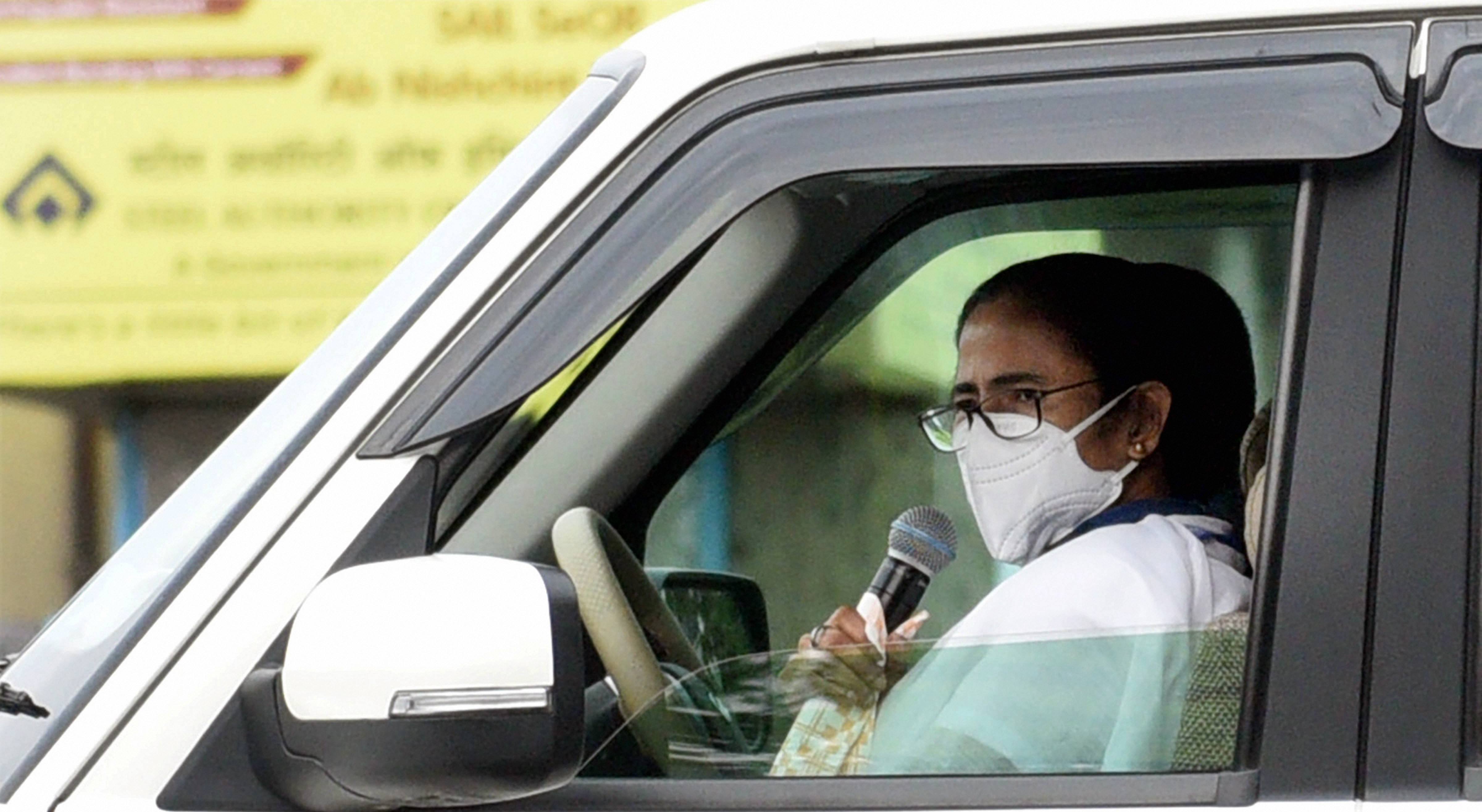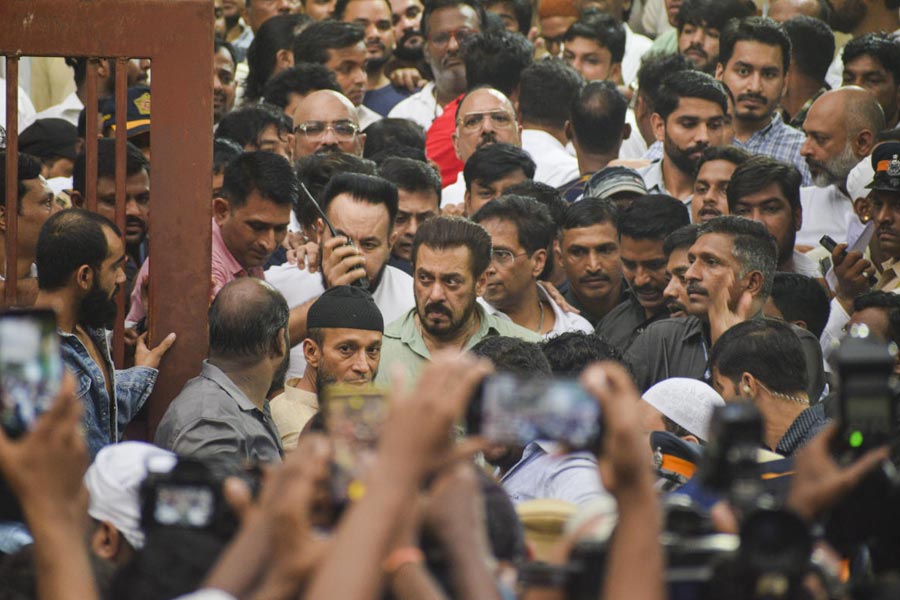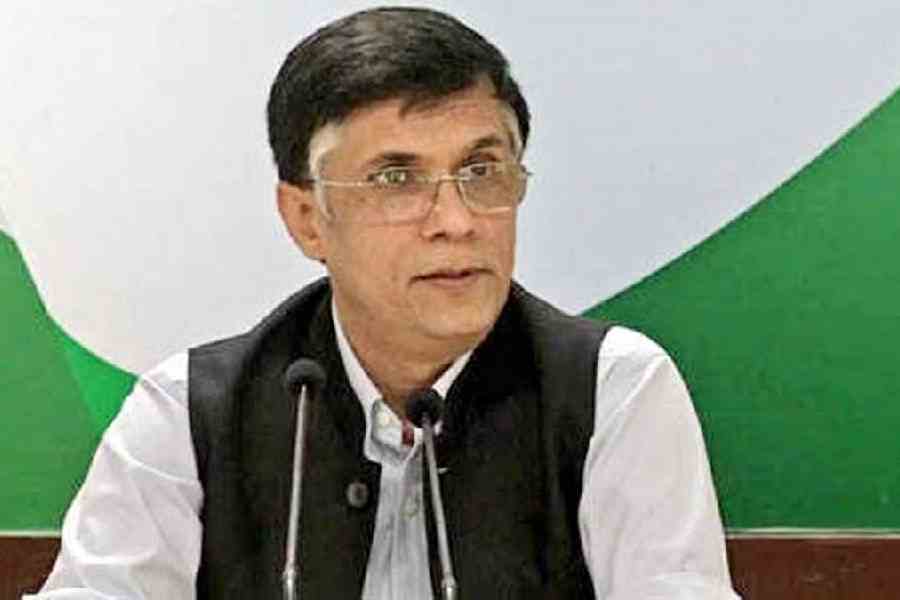On Christmas in 1977, a friend in London presented me with a copy of a quirky paperback, Big Red Joke Book, which has since become a collector’s item but which, I regret to say, I have since misplaced. It was a collection of subversive humour from behind the Iron Curtain, mainly from the erstwhile Soviet Union and the German Democratic Republic. They told a story of quiet popular resistance to totalitarianism, echoing what George Orwell once wrote about every joke being a tiny revolution.
Subversive humour, however, is not merely the hallmark of totalitarianism. Mocking the patently absurd, particularly the mismatch between popular perception and officially disseminated information, is a hallmark of most societies, including the ones that are ostensibly democratic.
Over the past week or so, there are some telling jokes from West Bengal that are circulating on social media. One that caught my attention was a feigned short story. “A man had a seriously upset stomach. With his stomach in turmoil, he rushed to a remote spot in the forest. There he was mauled by a tiger and killed. His death certificate recorded the cause of death as dysentery.”
Some of the colloquial humour is lost in translation. What is unmistakable, however, is the allusion to contemporary realities in the state. This has been expressed more explicitly in another message circulating on social media: “57 persons have been hanged but 18 have died due to hanging; the other 39 have died of suffocation.”
Since the Covid-19 lockdown began in India on March 25, there has been rising unease in West Bengal over the state government’s management of the crisis. Much of this has centred on the magnitude of the pandemic in the state. While the administration has not underplayed the seriousness of the threat facing the population, there is a widespread impression that it has tried to minimize its actual effects by creating bureaucratic firewalls over reporting the numbers of those infected by the coronavirus.
Initially, as many private hospitals were unofficially told, testing for the coronavirus was rationed and had to be officially approved. Subsequently, a five-member committee was constituted to ascertain whether a death was due to the coronavirus infection or the result of a pre-existing medical condition. The onus of certifying the cause of death was taken out of the hands of the attending doctor and vested with the state government-appointed committee. This has resulted in West Bengal setting its own unique norms for determining the effects of Covid-19 on the population. It has been suggested that had the West Bengal yardstick for determining the cause of death been applied all over India, the number of deaths from the coronavirus wouldn’t have been 934 (as on the morning of April 28) but somewhere near 110.
It would not be an exaggeration to suggest that the official tally of 697 coronavirus positive persons and 20 deaths (as of April 28 morning) is viewed with a measure of disbelief. The reasons for this widespread scepticism — fuelled by the correspondence of the two teams from Delhi investigating the situation in the state — seem to lie in a mixture of fear and political suspicion.
To begin with, suspicions were aroused by the hesitation and evasive tactics of the state administration over queries on the identification and health reports of those who had returned to the state after attending the Tablighi Jamaat convention in Delhi’s Nizamuddin. While unofficial figures put the number of attendees at anything between 300 and 400, the state administration did nothing to allay the fears that a large number of people had fanned out into the districts and were potential carriers of the disease. The fear that the Mamata Banerjee government’s squeamishness was grounded in what is euphemistically called ‘vote bank’ or ‘appeasement’ politics was compounded by the casual approach to the lockdown in Muslim-dominated localities of Calcutta and Howrah. As videos of crowded markets and brazen disregard of social distancing, not to mention attacks on the police for attempting to impose a lockdown, began circulating or were disseminated through the proverbial bush telegraph, a definite impression began to be formed that the state government lacked the political will to fight this public health battle seriously. Each administrative firewall put up by the regime merely reinforced this impression.
Secondly, the reports of chaos and health hazards in government hospitals which were backed up by protests from the medical fraternity, not to mention gruesome videos from inside the wards of hospitals such as M.R. Bangur and R.G. Kar, supplemented the fear that the hospitals were now death-traps. The belief that the public health system in the state was on the verge of collapse was further reinforced by the ban on carrying mobile phones inside hospitals. The unmistakable impression was that the government had much to hide.
Thirdly, the transition from deep concern to fear was the result of unending anecdotal reports of secret burials and cremations. The reports from Bankura, which led to charges being filed against the local member of parliament, Subhas Sarkar, for his protests, the video of a body being casually dumped in the premises of Uttarpara Hospital and TV reports of violence involving local adivasis and the police over the ‘secret’ burial of a body in Alipurduar district were some of the more obvious cases. In addition, there have been charges levelled at a press conference by a prominent sitting MLA of mass cremations in Dhapa, Calcutta.
There is no way the veracity of these accusations can be established without a thorough inquiry, impossible in today’s extraordinary circumstances. However, there is no doubt that these word-of-mouth reports and the videos circulated on messaging systems have created panic in the state. Whereas in most other parts of India, there is a dependence on the mainstream media for information that either complements or contradicts official versions — this is how the trauma of stranded migrant workers became a national concern — the situation in West Bengal is curiously different. In this state — maybe thanks to the over-exposure of the chief minister, both through fawning advertisements and endless coverage of her every move, the credibility of the mainstream media has taken a battering. There is a disproportionate public dependence on WhatsApp commentaries and Twitter feeds that raise issues the press and TV channels shy away from. More important, every exaggerated rumour seems to be believed for the simple reason that the official version is deemed suspect.
At the end of the day, the credibility of public information depends almost entirely on its ability to broadly correspond with people’s own experiences. When people go to ration shops and experience the realities of unequal distribution or personally encounter political partisanship in the distribution of coupons and find that these are not subjects of media discourse, their belief in the munificence of the chief minister and the efficacy of the administration gets seriously eroded. This, in turn, has a multiplier effect and leads to ‘bad news’ becoming the real news. This is what happened during the 2019 election campaign when the disquiet against the Trinamul Congress in the state went largely unreported.
The lockdown has led to the suspension of normal politics in the state. However, despite the innumerable roadblocks being put up on the path of activities of the Bharatiya Janata Party and the Left, it hasn’t put an end to political discourse. What is gradually emerging is a pattern of trust deficit in the state government and its political functionaries. That explains the resonance of black humour in these grim times. If this persists once near-normal life resumes, West Bengal could be in for more political surprises.










